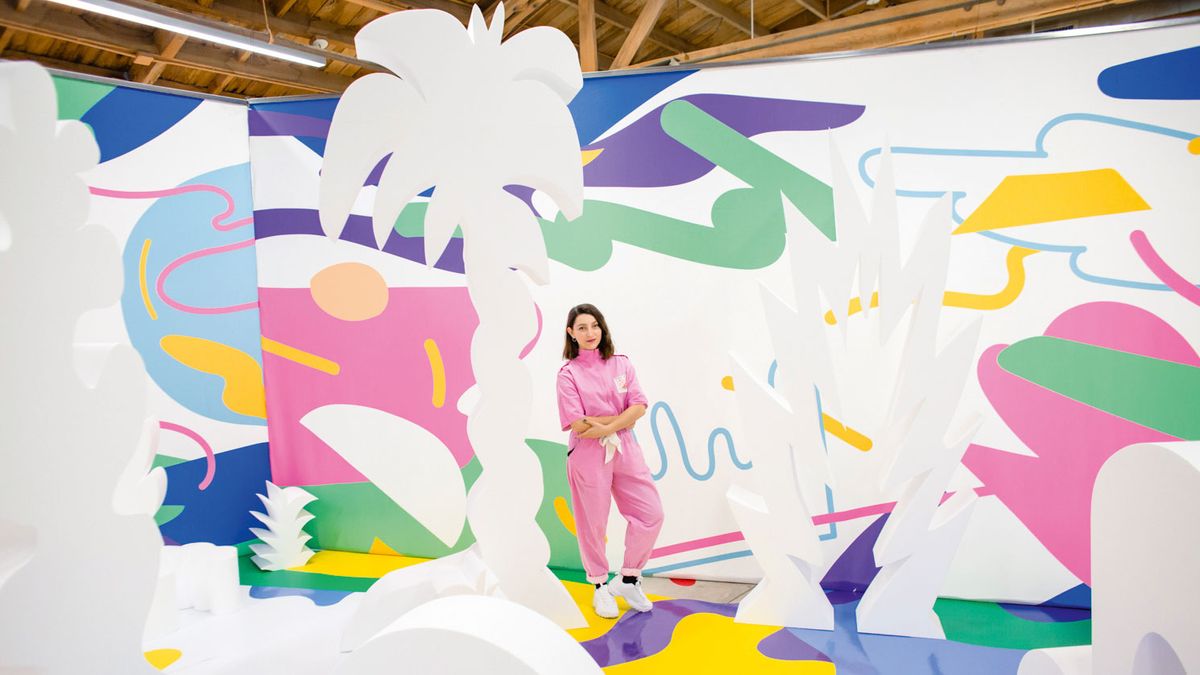
So you've completed your course, and you're on the lookout for job opportunities. Or perhaps you've already got some work, but are still feeling a little unsure of yourself.
Starting off in your new career can be both exciting and terrifying. There are some things you can do to make your life easier – getting your design portfolio in order for instance – or checking out our list of design jobs if you're after a new challenge. Apart from that, it's often just a case of getting stuck in and doing what you can.
Getting advice from those who've been there often helps, of course. Here, we spoke to graduates who've been there to find out what mistakes other juniors have made, and what you can do to avoid them.
01. Missing a key email
"One of my first clients was YouTube Official, which invited me to contribute to an art book," says Nadine Kolodziey, a visual artist and art director based in Germany who’s been working freelance since she graduated in 2013. "I thought the message was spam and deleted it. Eventually, they called and asked for my first drafts. I was in shock, but super-happy."
Not every potential client will call after a missed email, though, so make sure you read carefully before sending an email to the bin.
02. Not making the most of placements
“On my course, we were encouraged to seek placements, but it wasn’t compulsory,” says Hattie Windle, who graduated from Leeds College of Art (now Leeds Art University) in 2017, and is now a middleweight designer at Robot Food.
“I’d feel the 25 per cent of students who didn’t do one missed out. Not only does it help you secure a job, it’s also the best place to learn. I’ve learned more about design at Robot Food than I ever did at university!”
Get the Creative Bloq Newsletter
Daily design news, reviews, how-tos and more, as picked by the editors.
If you're currently on a placement, internship or are in a new role, remember that just clocking in won’t get you far. “What you get out of it depends on how much you put into it,” says Joseph Lebus, who graduated from a design course at Shillington and is now a junior designer at Made Thought. “If you aren’t doing the work you want, or learning the skills you’re looking for, it’s up to you to make that happen.”
03. Not specialising
In a diverse industry where it’s impossible to be all things to all people, it can pay to specialise, as Neil Gilchrist did after graduating with a BA in interaction design from Glasgow School of Art. “I started thinking about my university work and what I’d found interesting,” he says. “This took me in the direction of studios producing the work I wanted to do. Then it was all about curating my portfolio.” Gilchrist now works as a junior designer at DixonBaxi.
04. Giving up
Don’t get disheartened when obstacles appear. “Many people turned their noses up when I mentioned I hadn’t taken the traditional route into the design world,” says Lebus. “But in the end, it gave me a stronger drive to keep pushing myself and get my voice heard." Lebus used his Instagram account to get his work out there, "and this led to me securing my first few internships,” he says.
This article originally appeared in Computer Arts issue 294. Buy issue 294 or subscribe here.
Read more:

Thank you for reading 5 articles this month* Join now for unlimited access
Enjoy your first month for just £1 / $1 / €1
*Read 5 free articles per month without a subscription

Join now for unlimited access
Try first month for just £1 / $1 / €1

Tom May is an award-winning journalist and editor specialising in design, photography and technology. Author of the Amazon #1 bestseller Great TED Talks: Creativity, published by Pavilion Books, Tom was previously editor of Professional Photography magazine, associate editor at Creative Bloq, and deputy editor at net magazine. Today, he is a regular contributor to Creative Bloq and its sister sites Digital Camera World, T3.com and Tech Radar. He also writes for Creative Boom and works on content marketing projects.